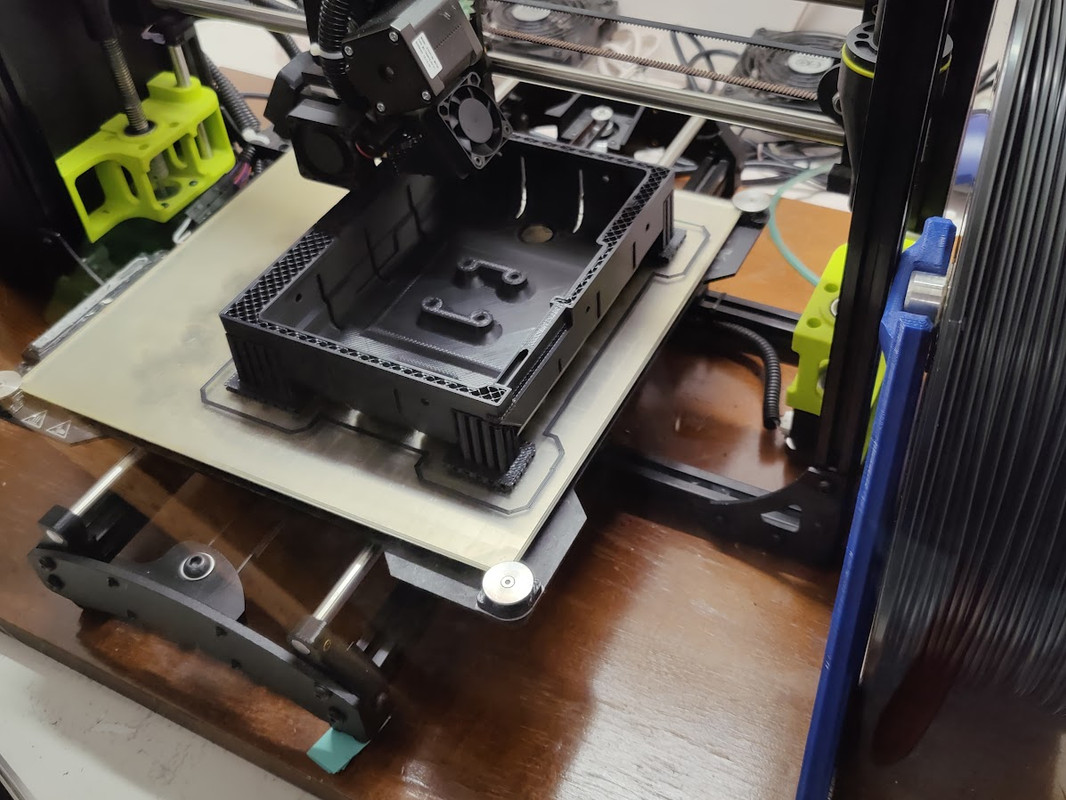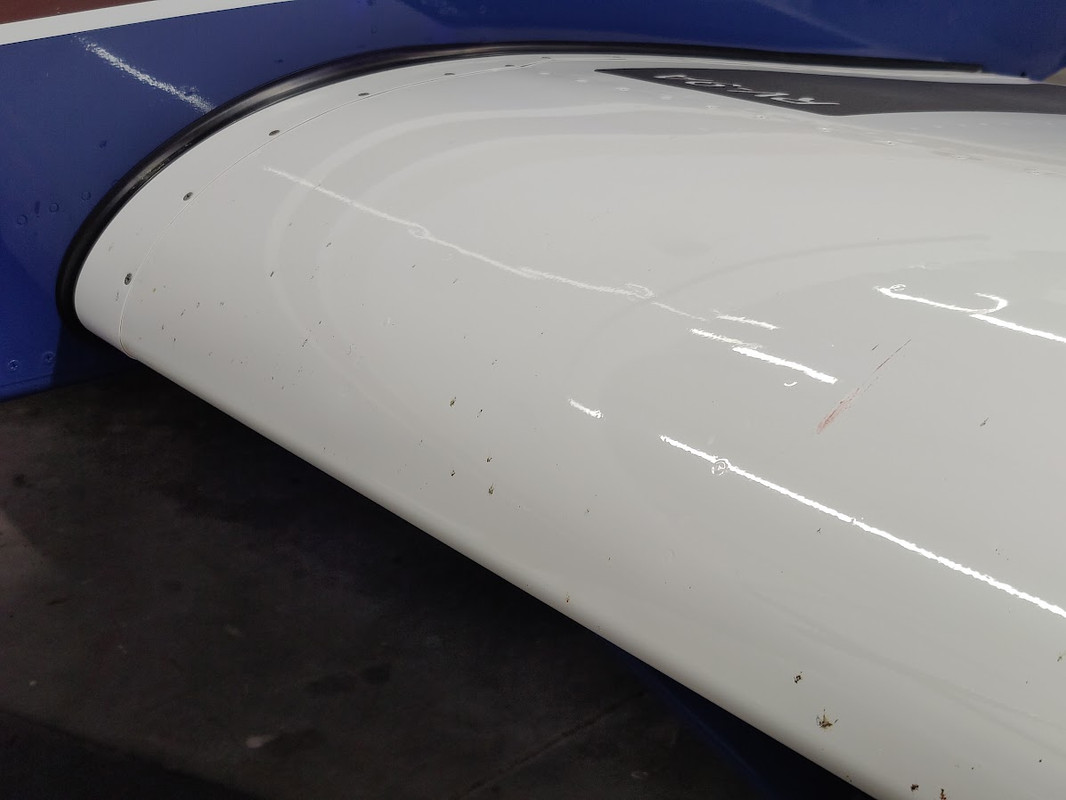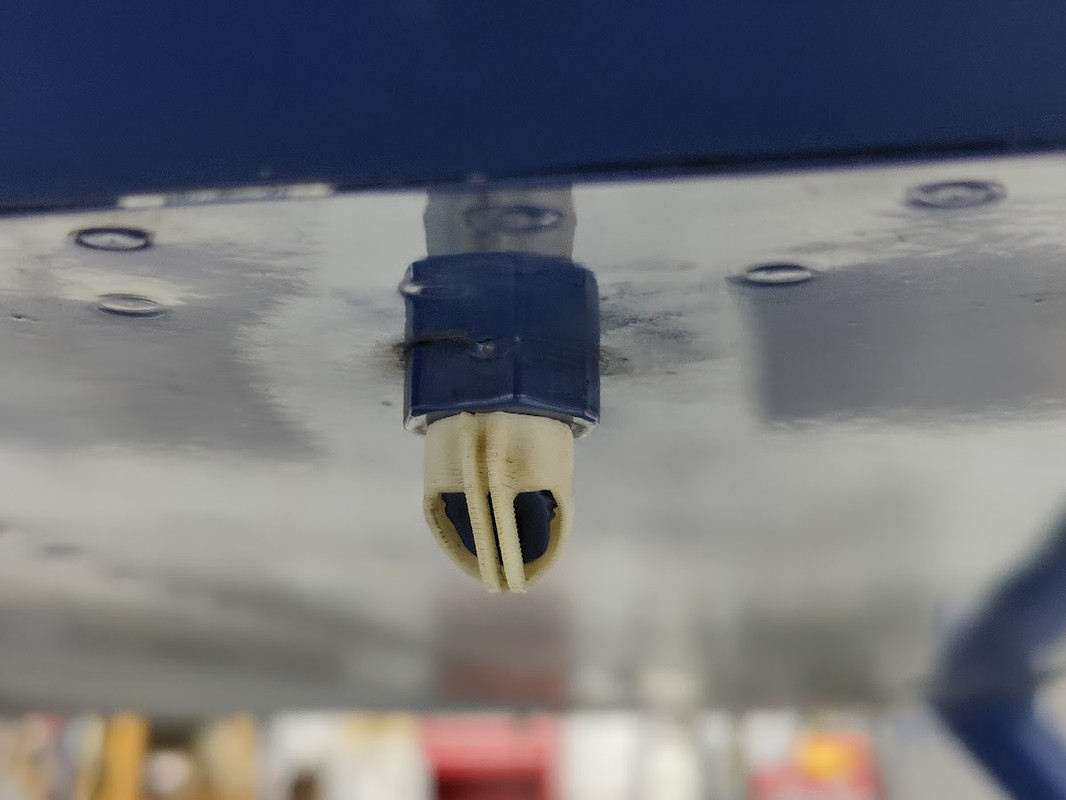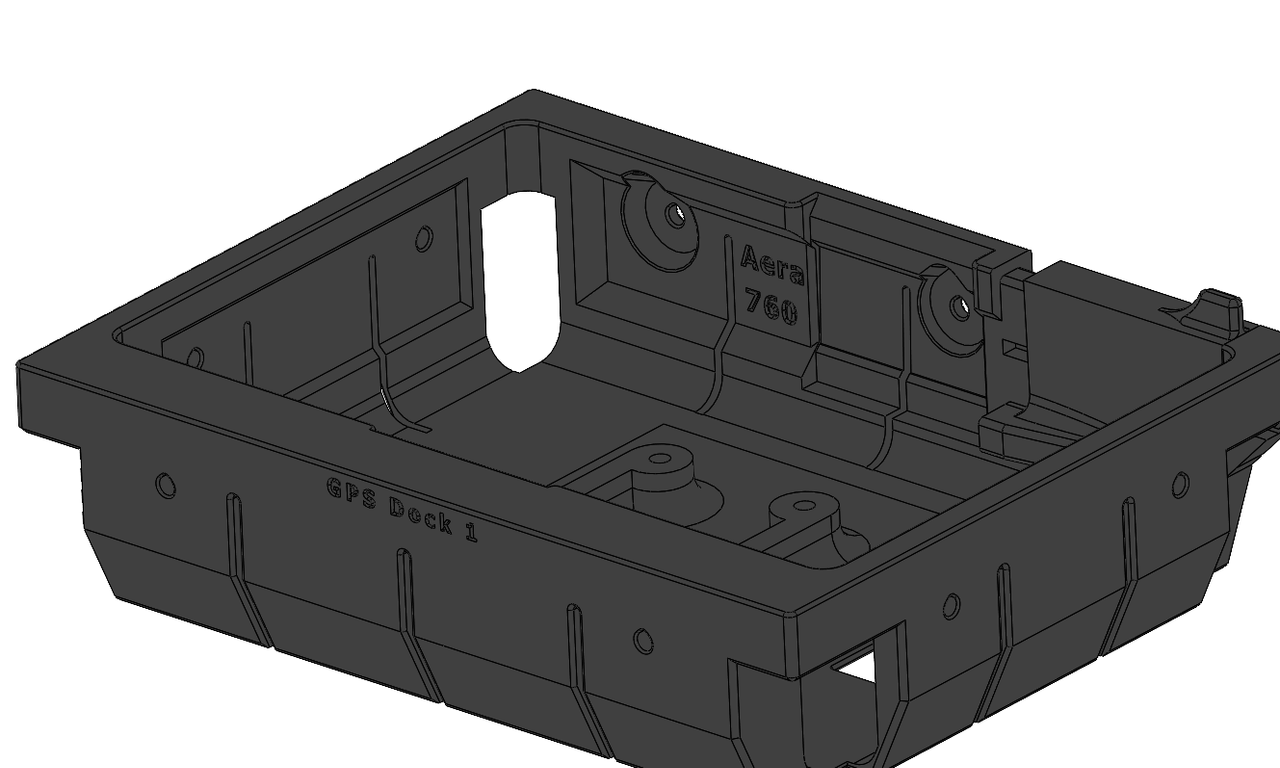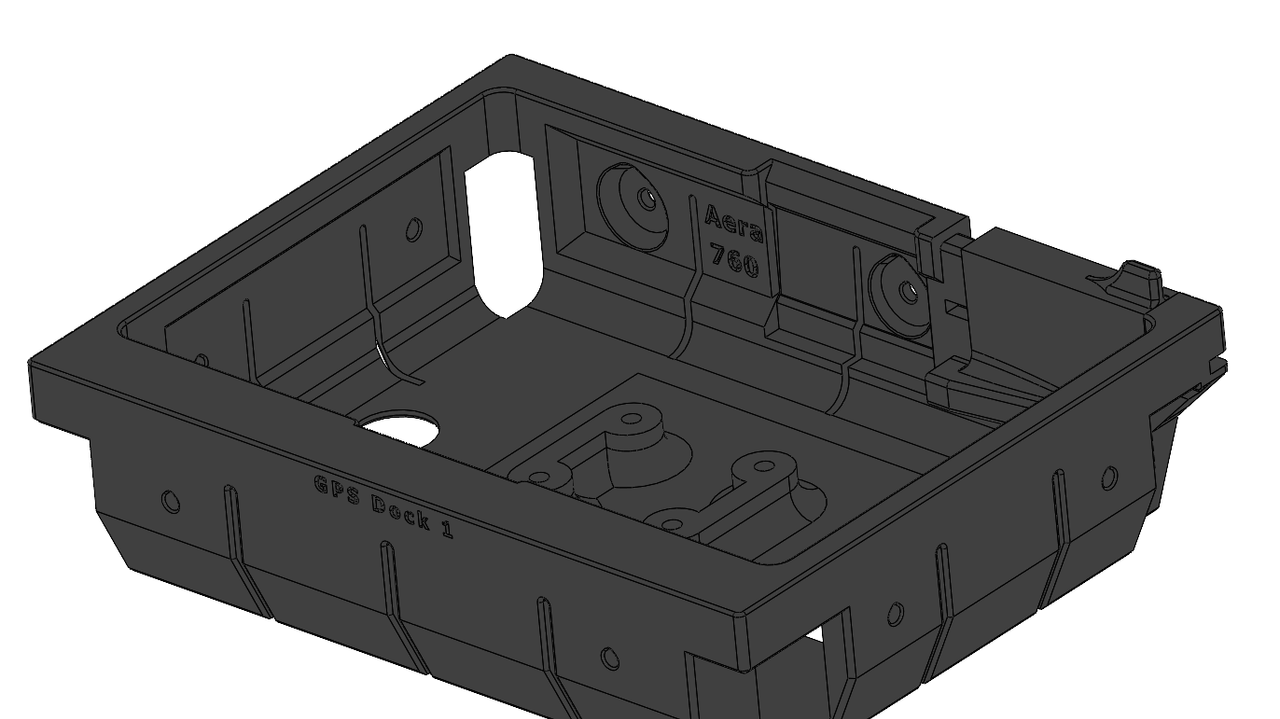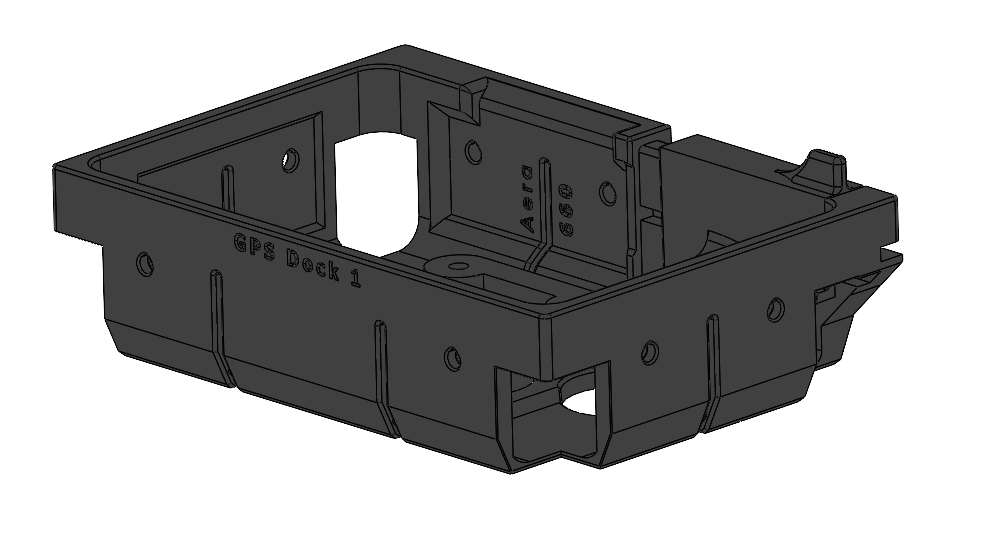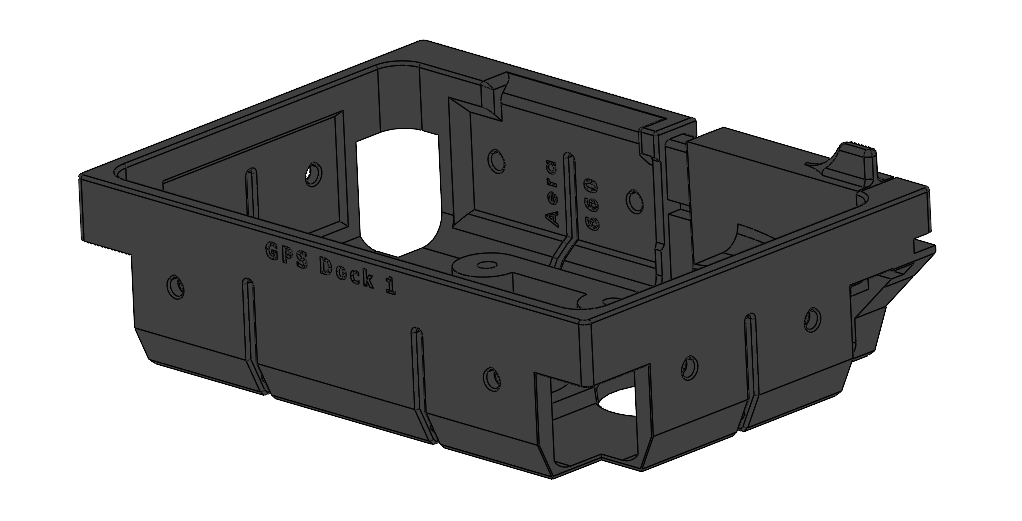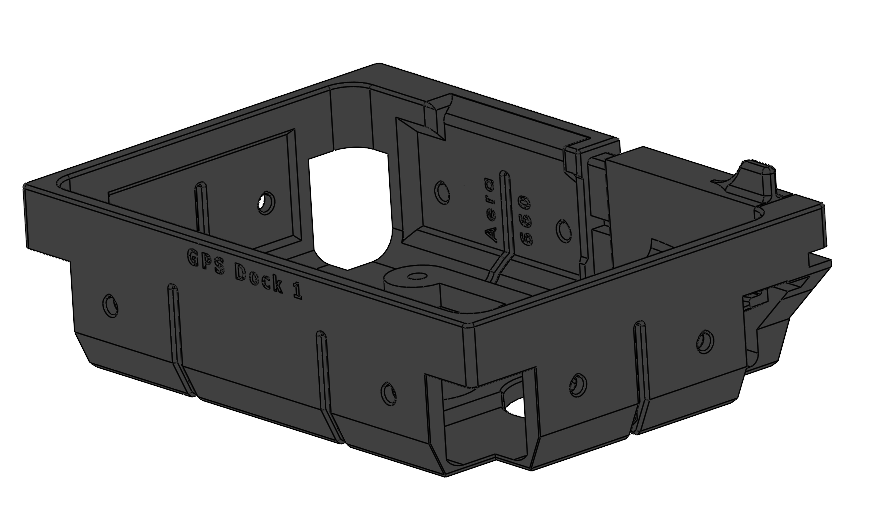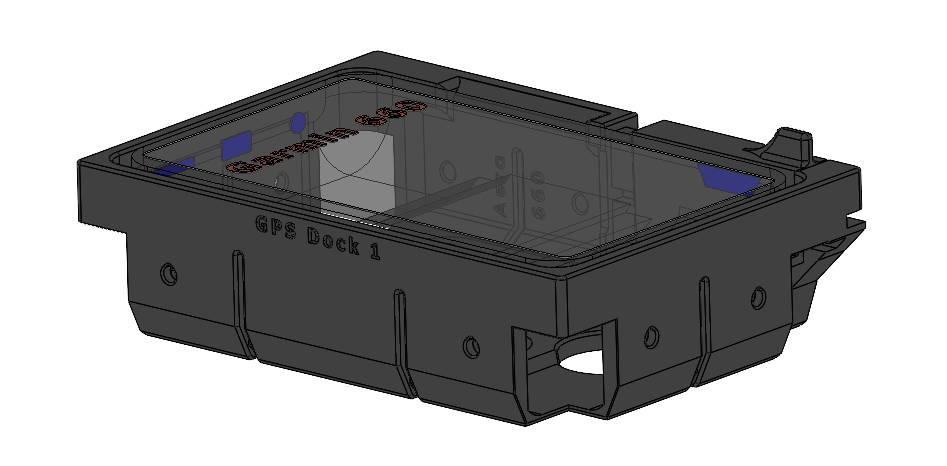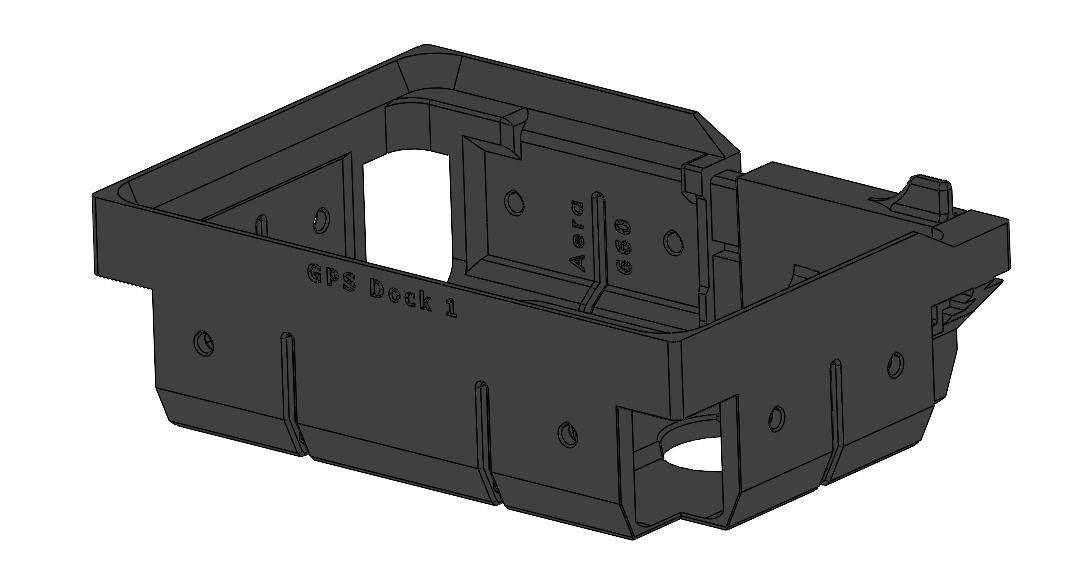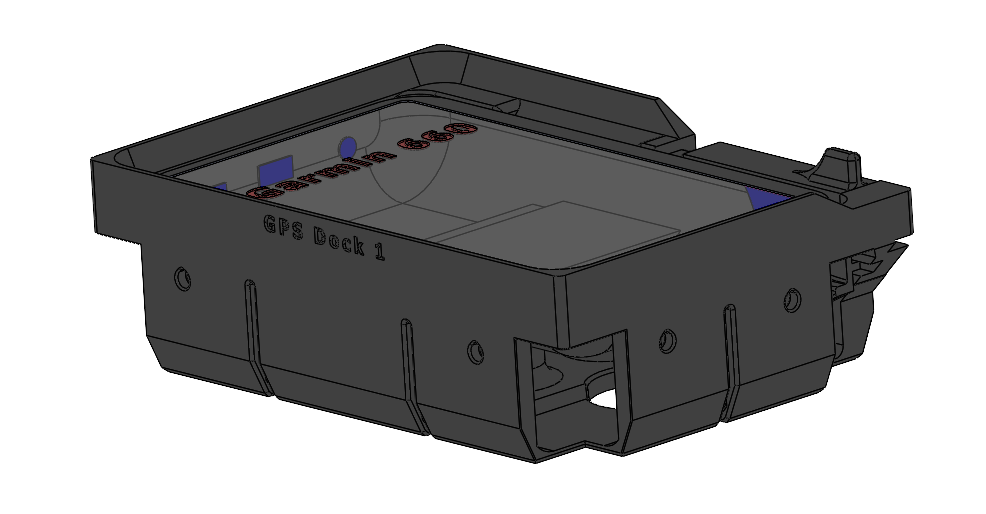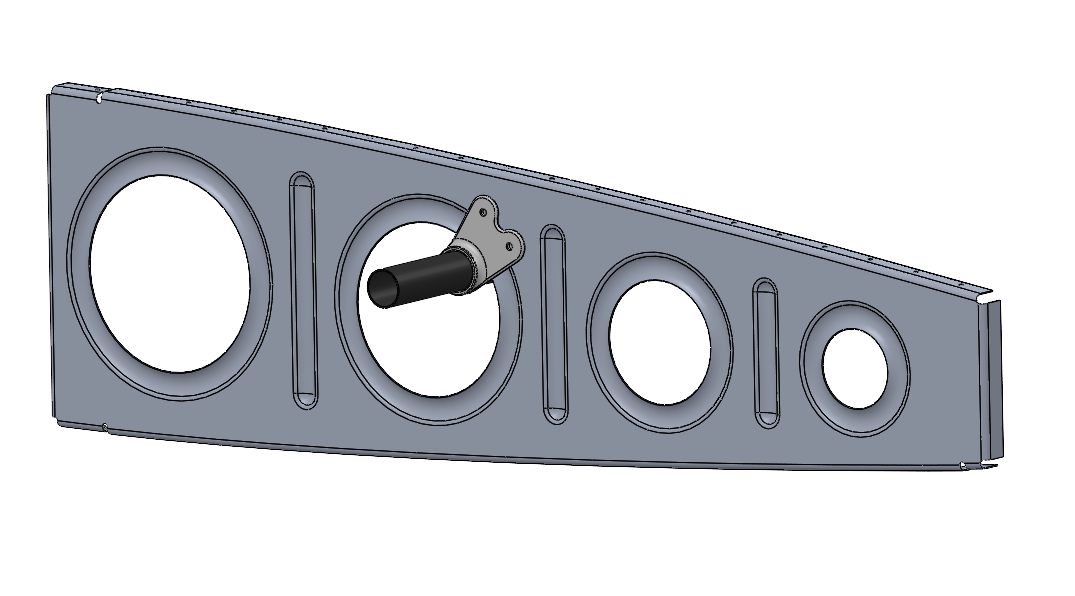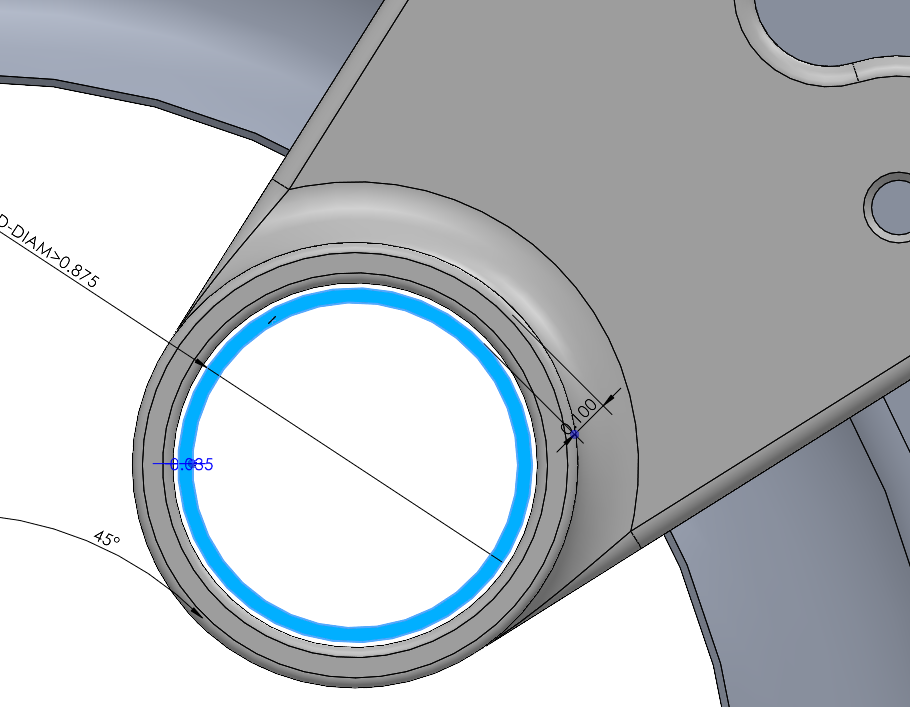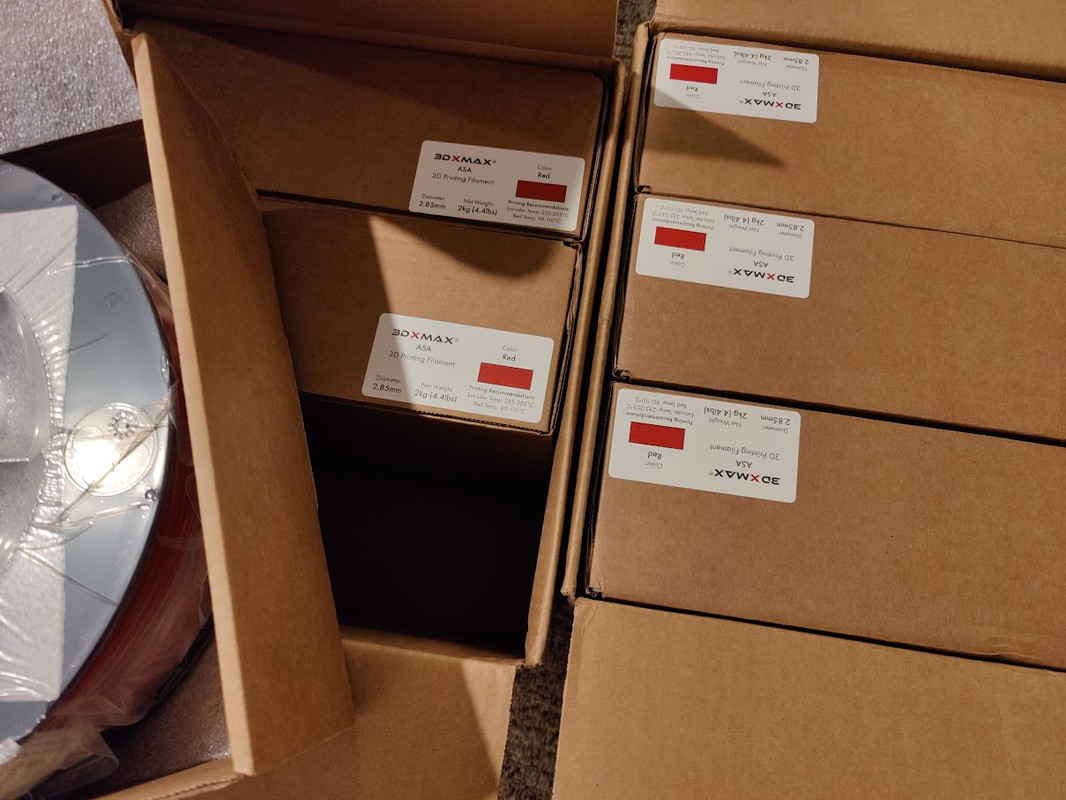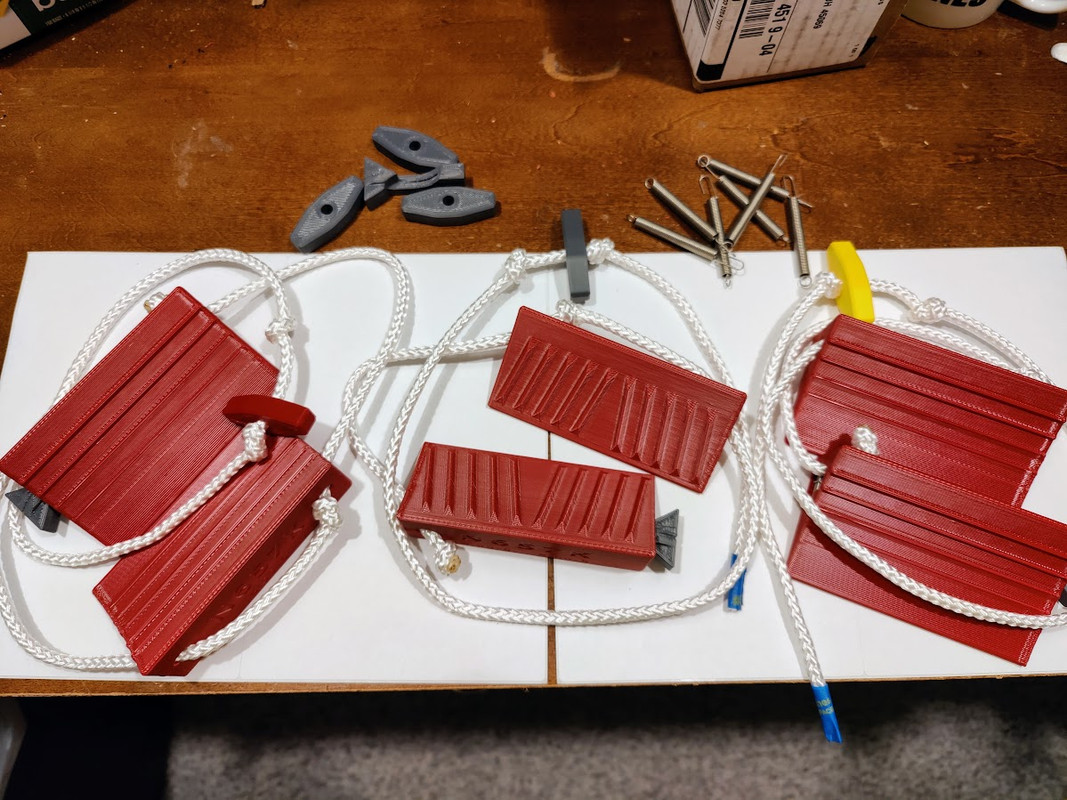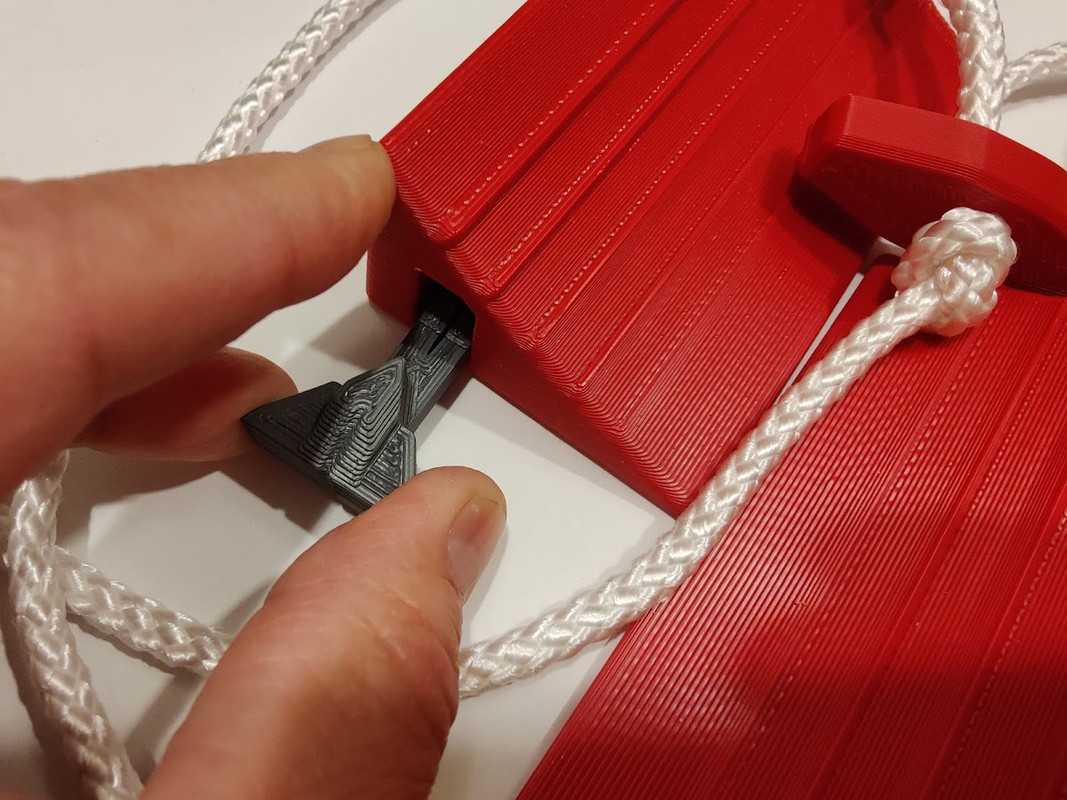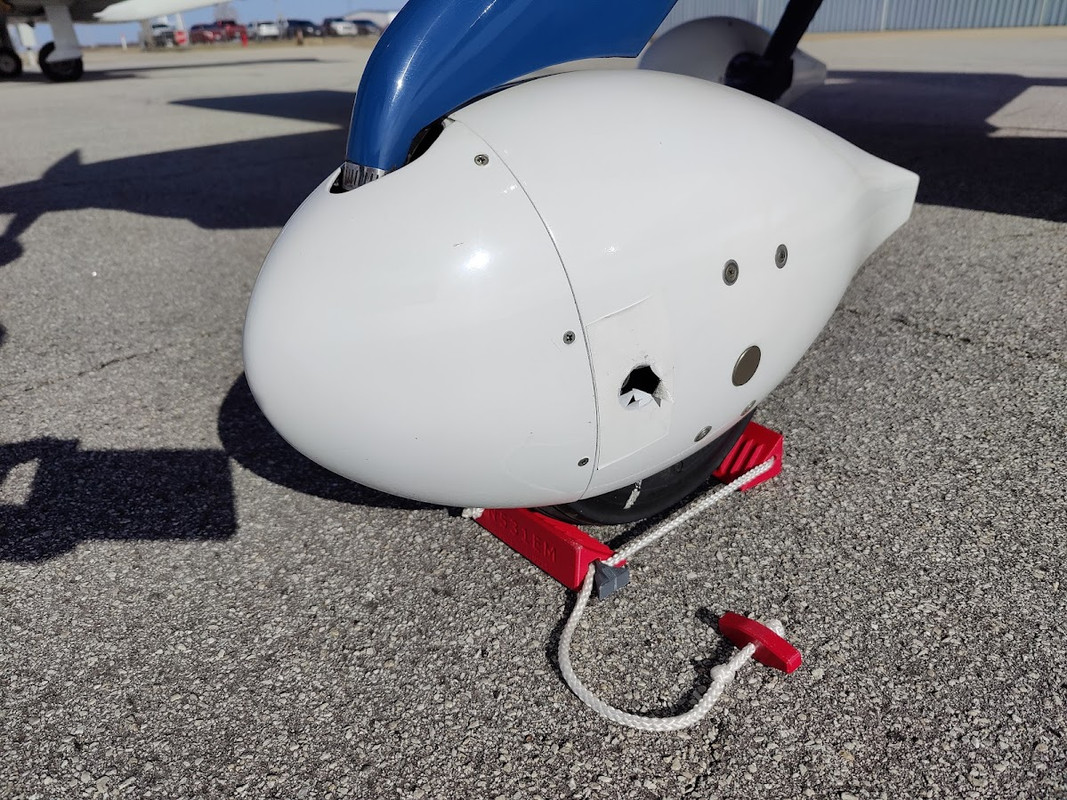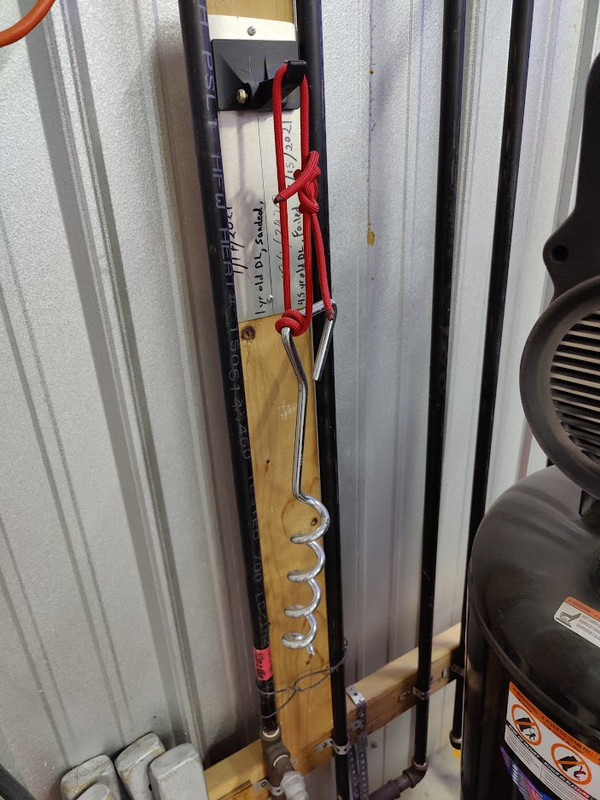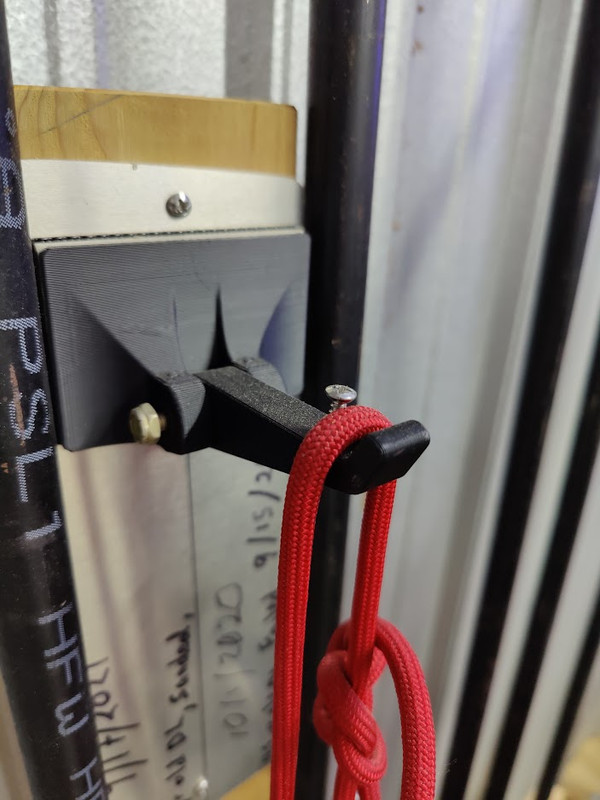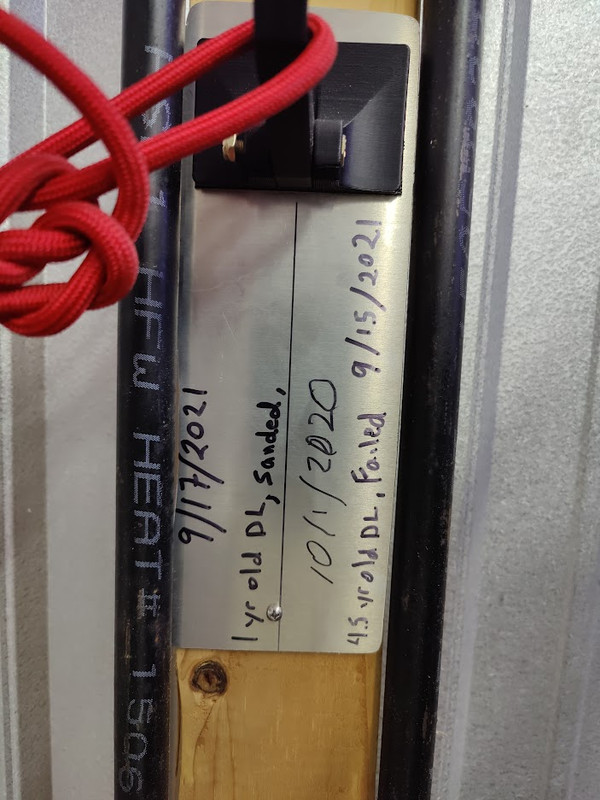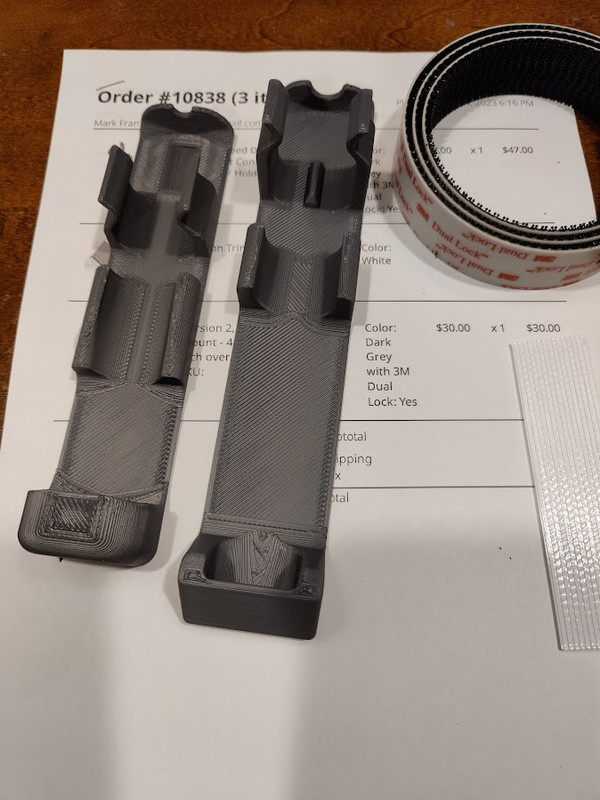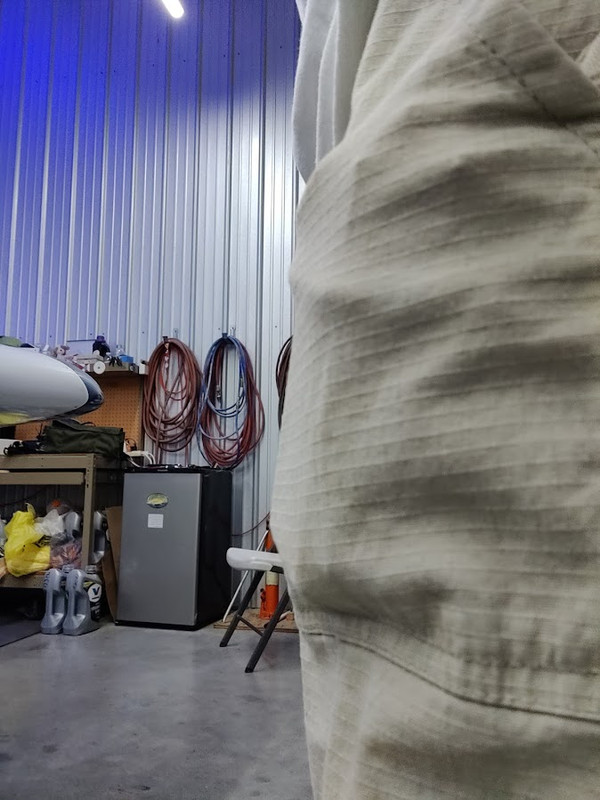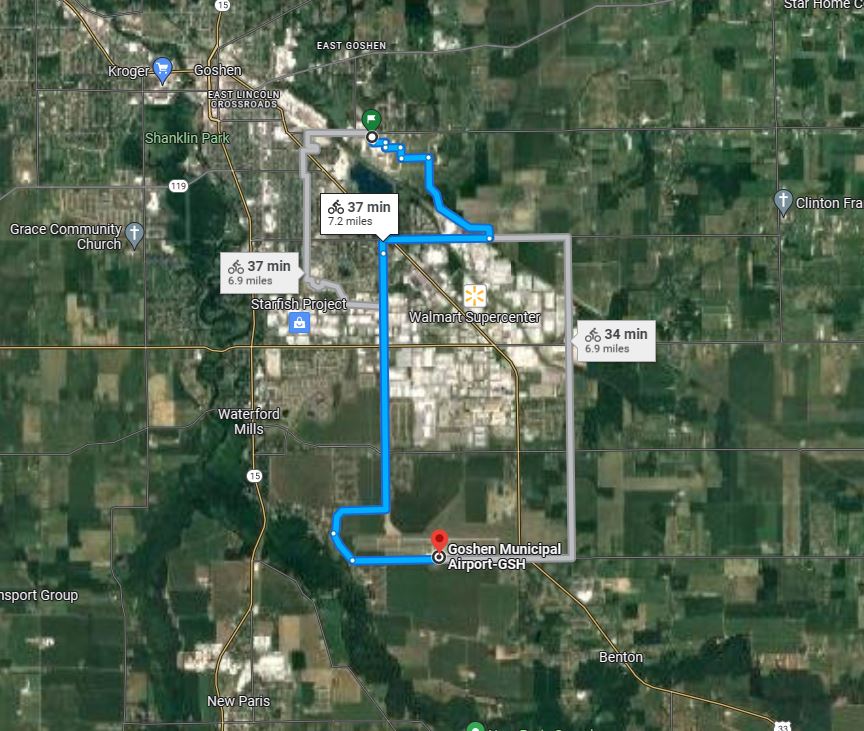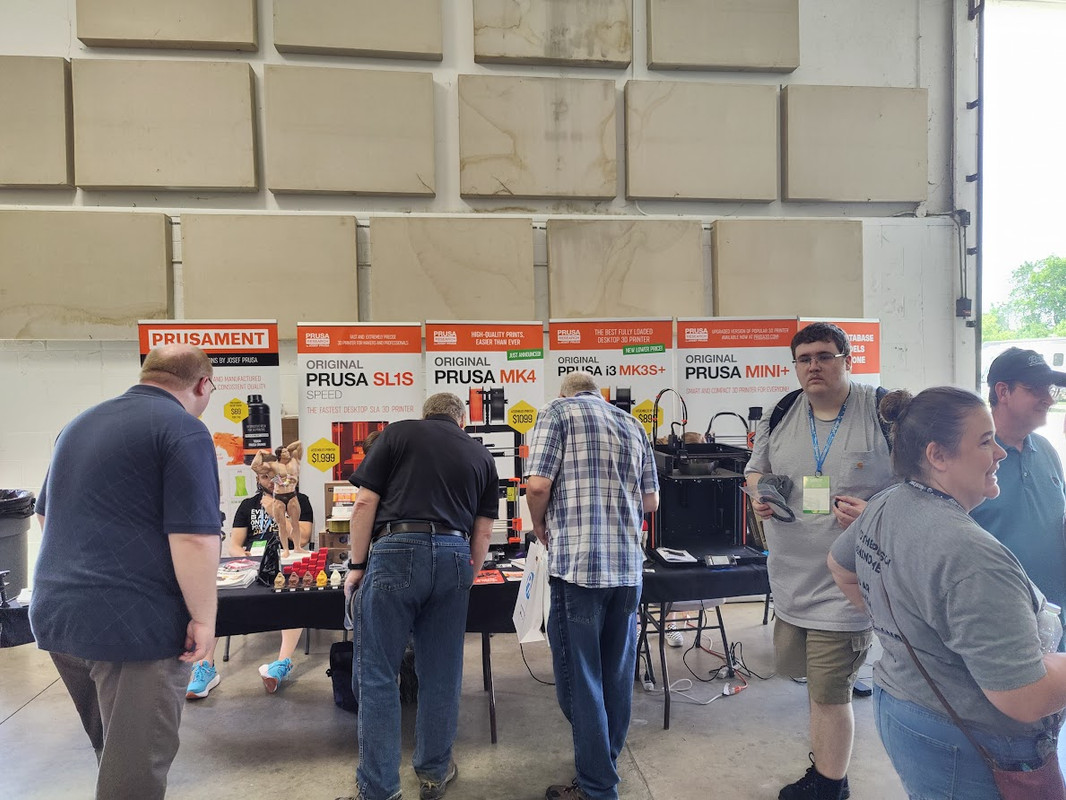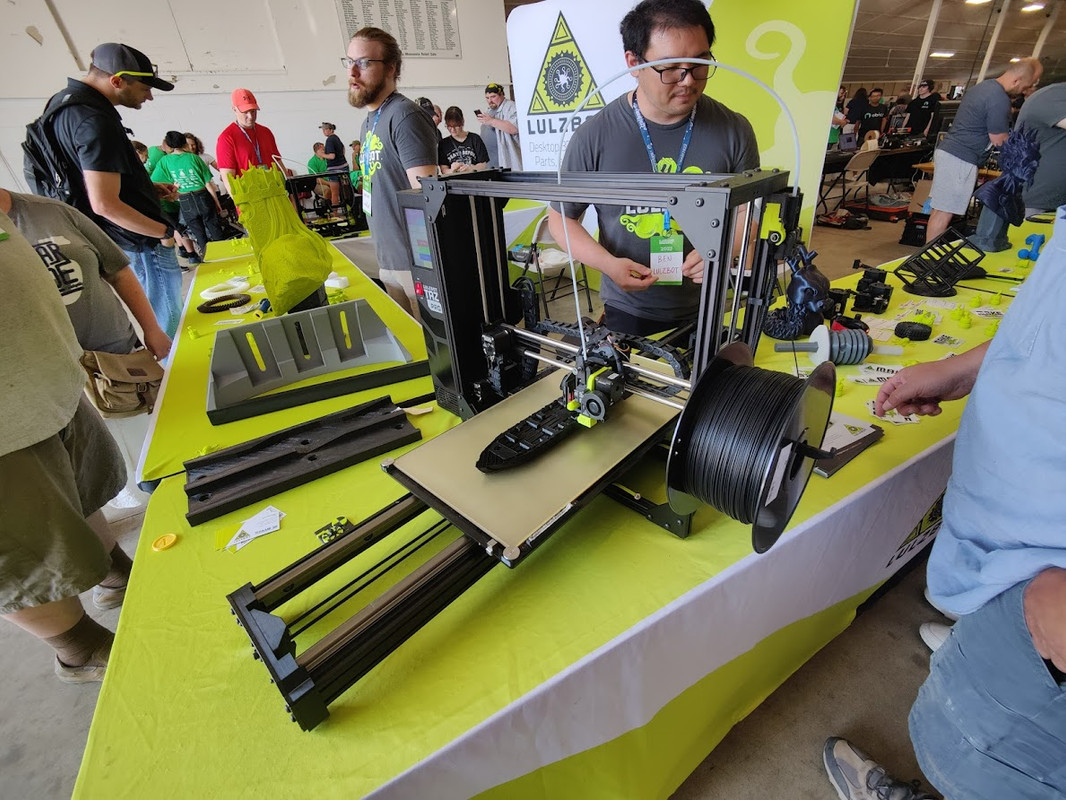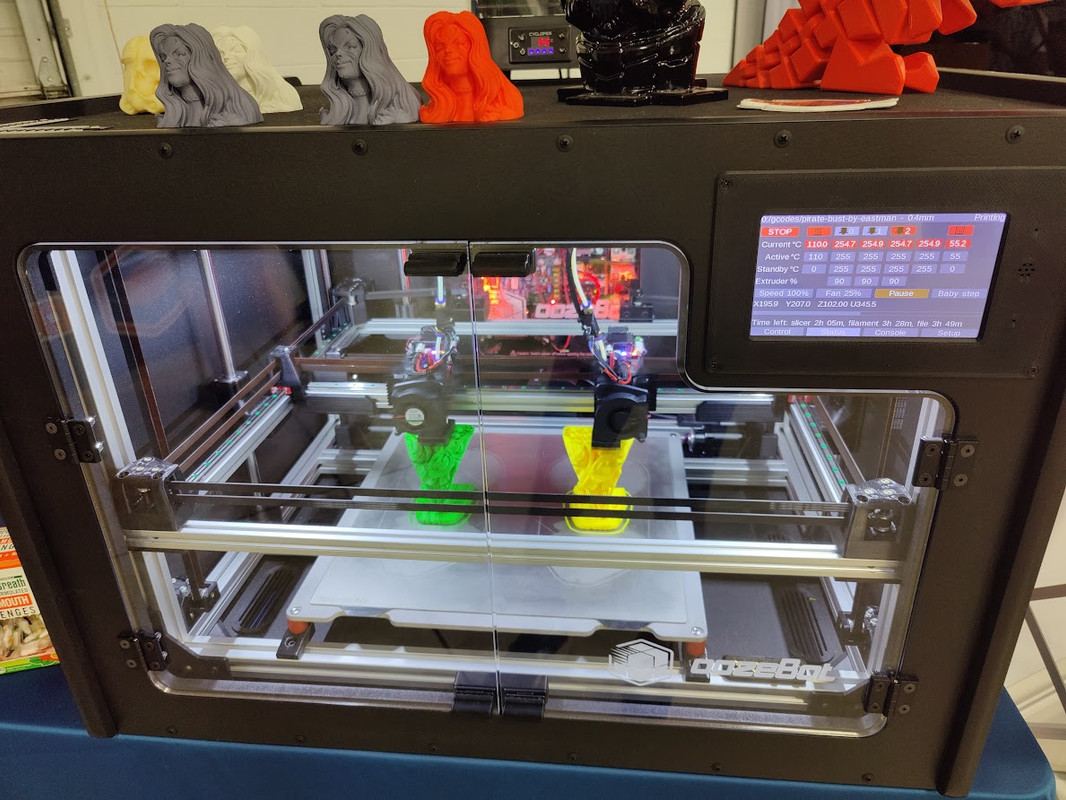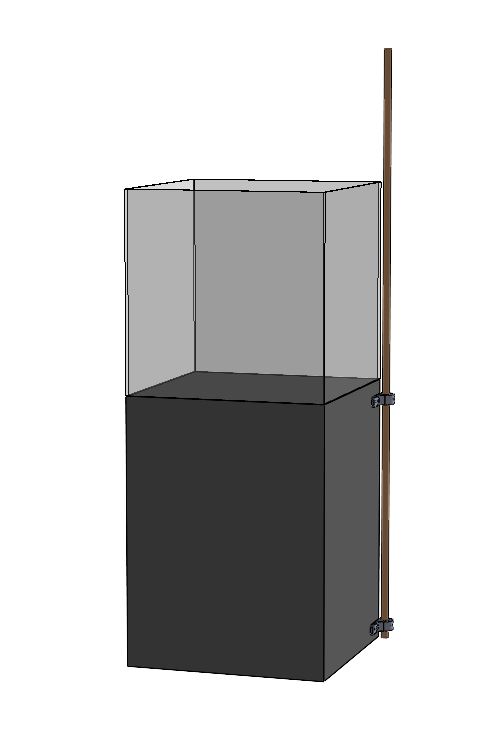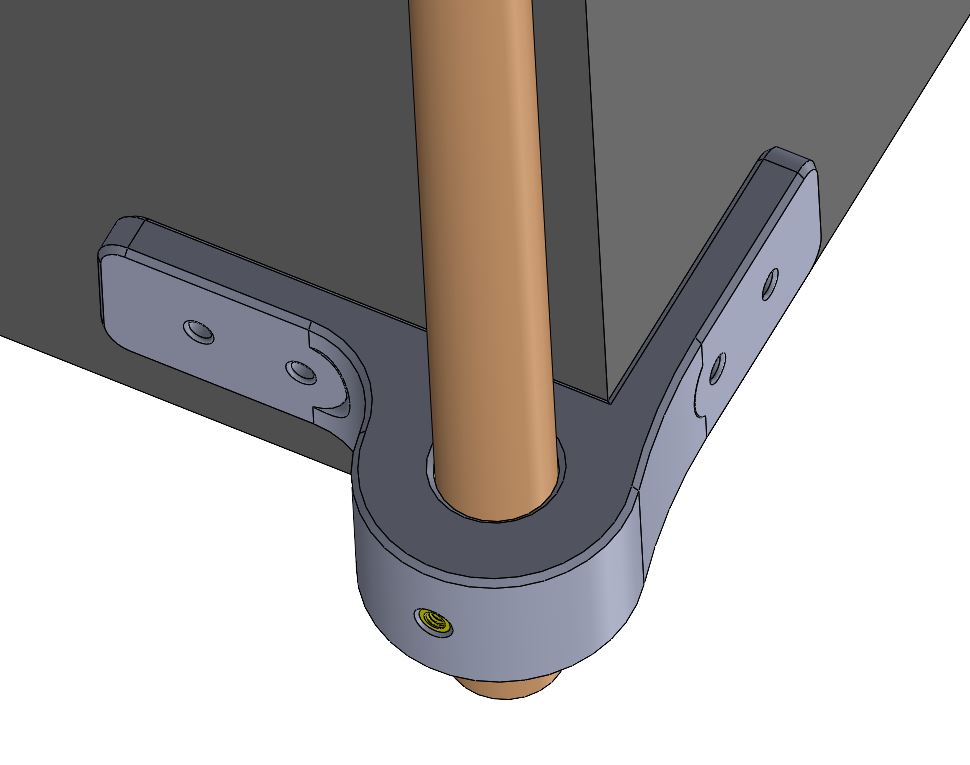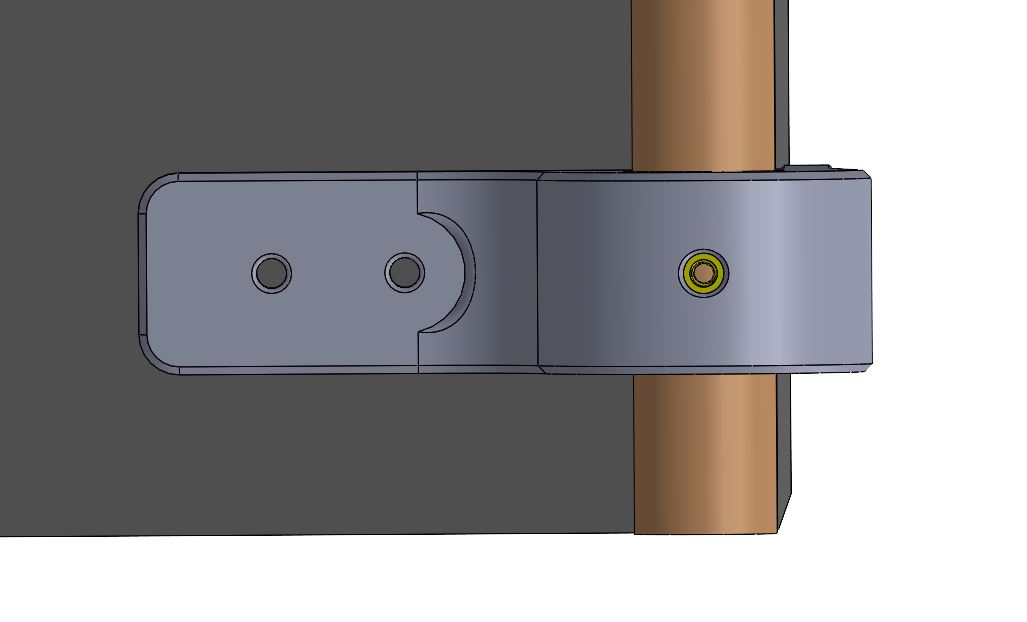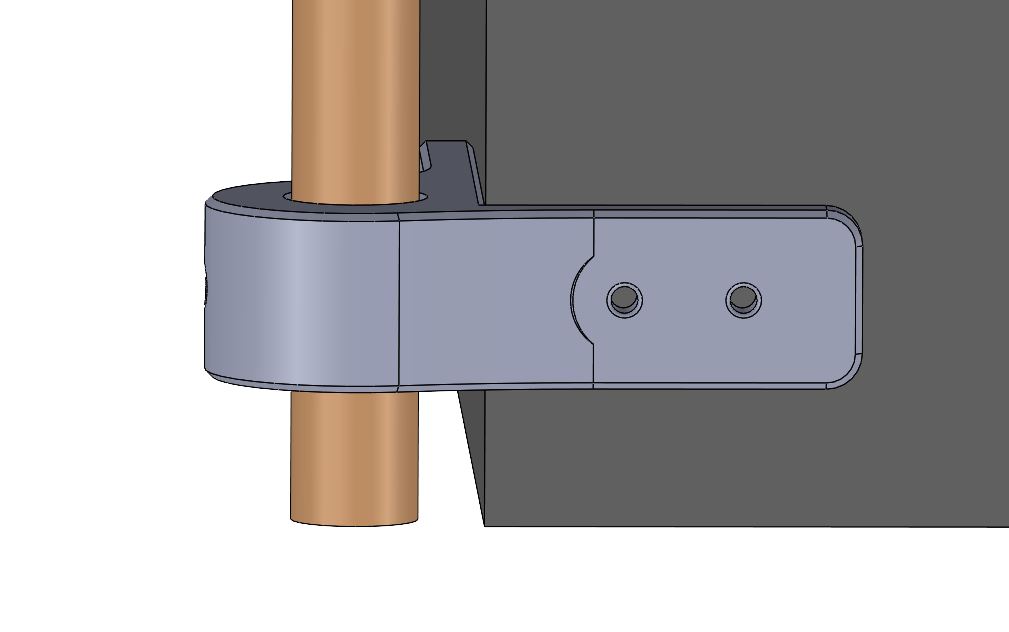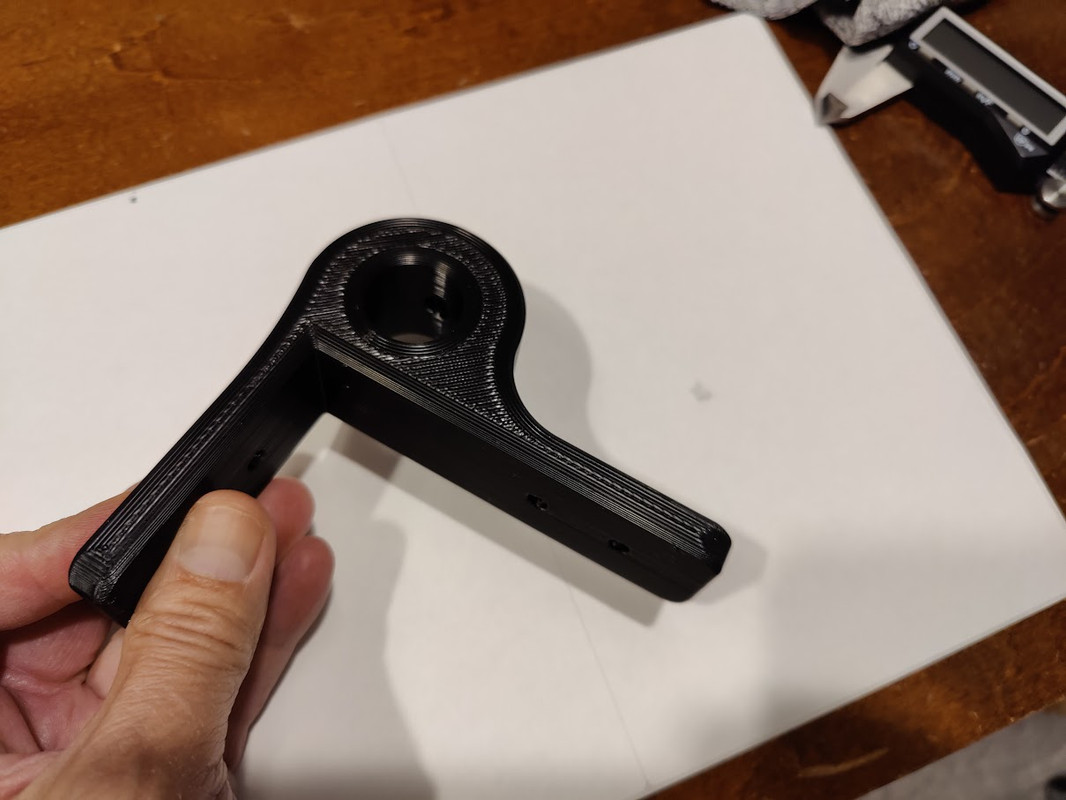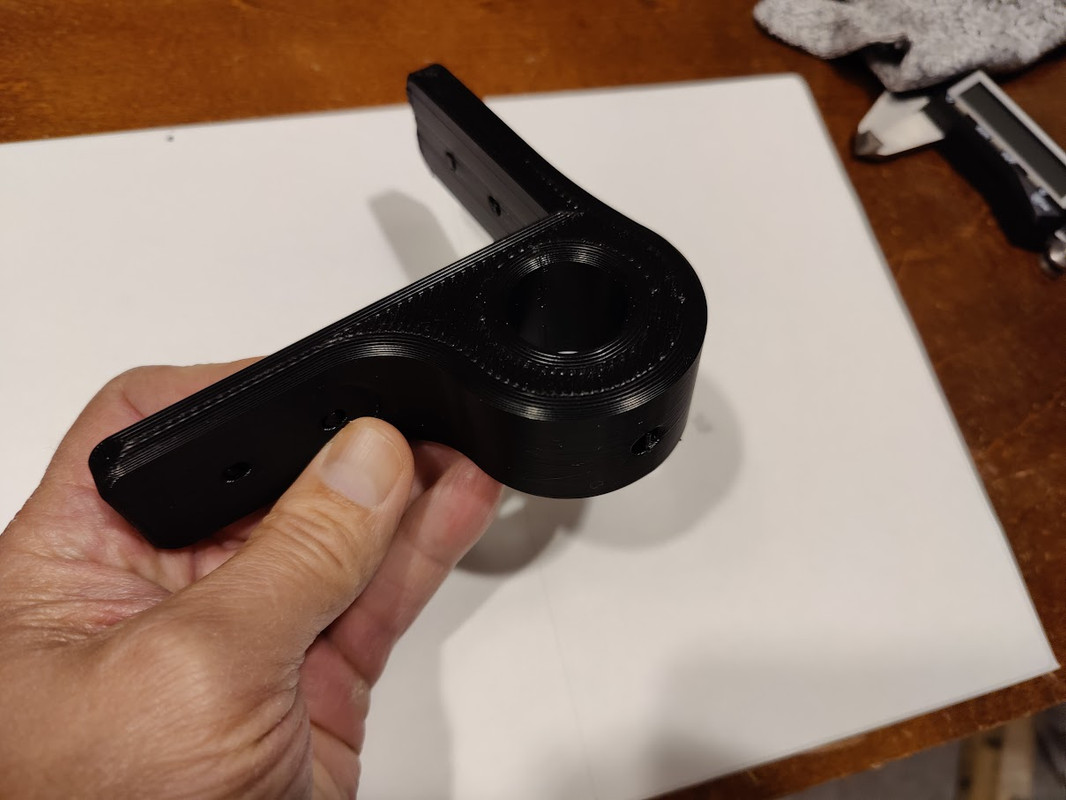looking at .6mm nozzle effects vs 0.5mm. why, because the print is faster. even though the nozzle is only .1mm diameter larger, the nozzle flow area is much greater. also, the layer height is increased, so fewer layers which results in less definition and smoothness. is the faster printing speed worth it? I guess it depends on the part cost and quality requirements. printing cost is primarily dependent on printing time, where for most general materials, the plastic cost is about 20% and the printer time is 80%. so, reducing printer time is the biggest factor. to keep costs as low as possible while plastic material price increases, one option is to print faster. this does NOT mean increasing the actual printer head speed, because a minimum about of time is needed for the nozzle to be in contact with the substrate to achieve a good "weld". the better option is to increase flow rate at the same speed. when flowing more plastic, the heat into the part is increased and sharp corners will need to be compensated for this effect. also, more plastic extruding from the nozzle will create more drag and can increase ringing effects (printer head deflection from course). this experiment took me five attempts to achive an acceptable part. dimensional first article inspection results were very good and well within tolerance. since more plastic is flowing from the 0.6mm nozzle, I needed a small groove to hide the beginning outer flow line to achieve a smooth feel. I haven't decided if I will move to the 0.6mm nozzle but I learned something about using it with this material by pushing to get to an acceptable print. any time you learn something, it is good. I'll test the 0.6mm nozzle, print 5, on my aircraft.
0.5 mm nozzle area = .196 mm^2
0.6 mm nozzle area = .282 mm^2
0.6mm nozzle flowing 44% more plastic and also at increased layer height results in faster prints.
print 0 = original 0.5mm nozzle
print 1-4 = 0.6mm nozzle test prints (scrap)
print 5 = 0.6mm nozzle acceptable part

**************
print 5 = 0.6mm nozzle acceptable part on the left
print 0 = original 0.5mm nozzle on the right
these part weights are within grams of each other.
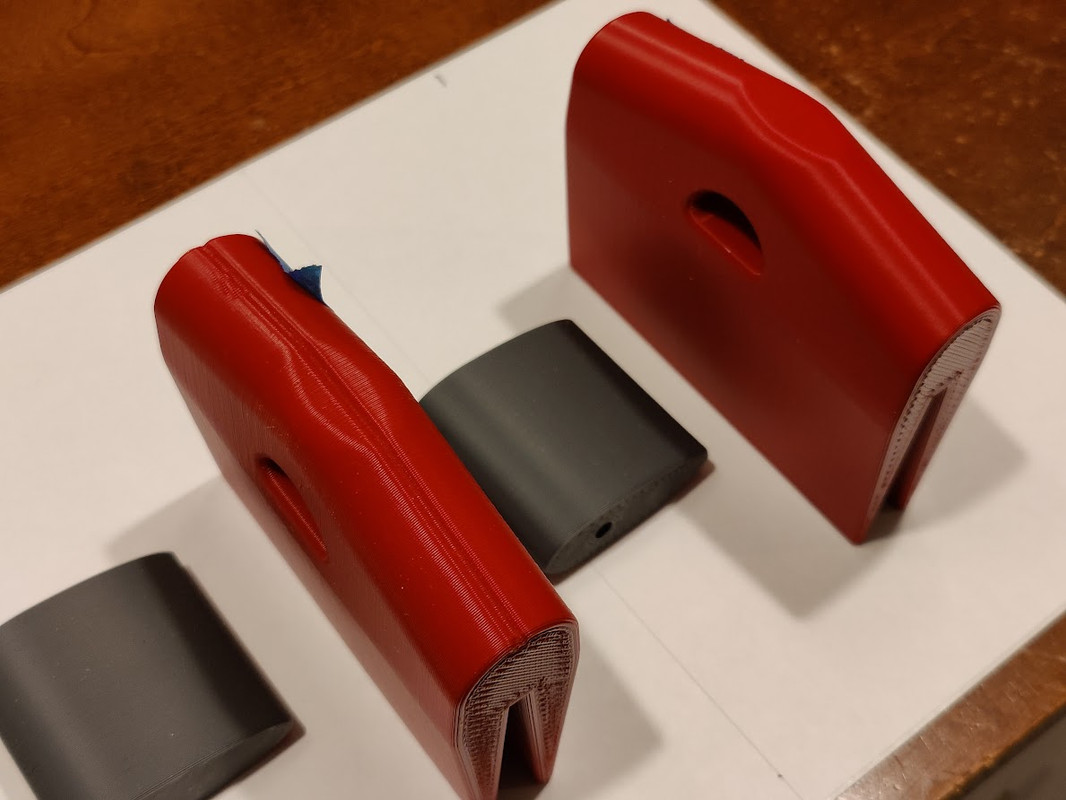
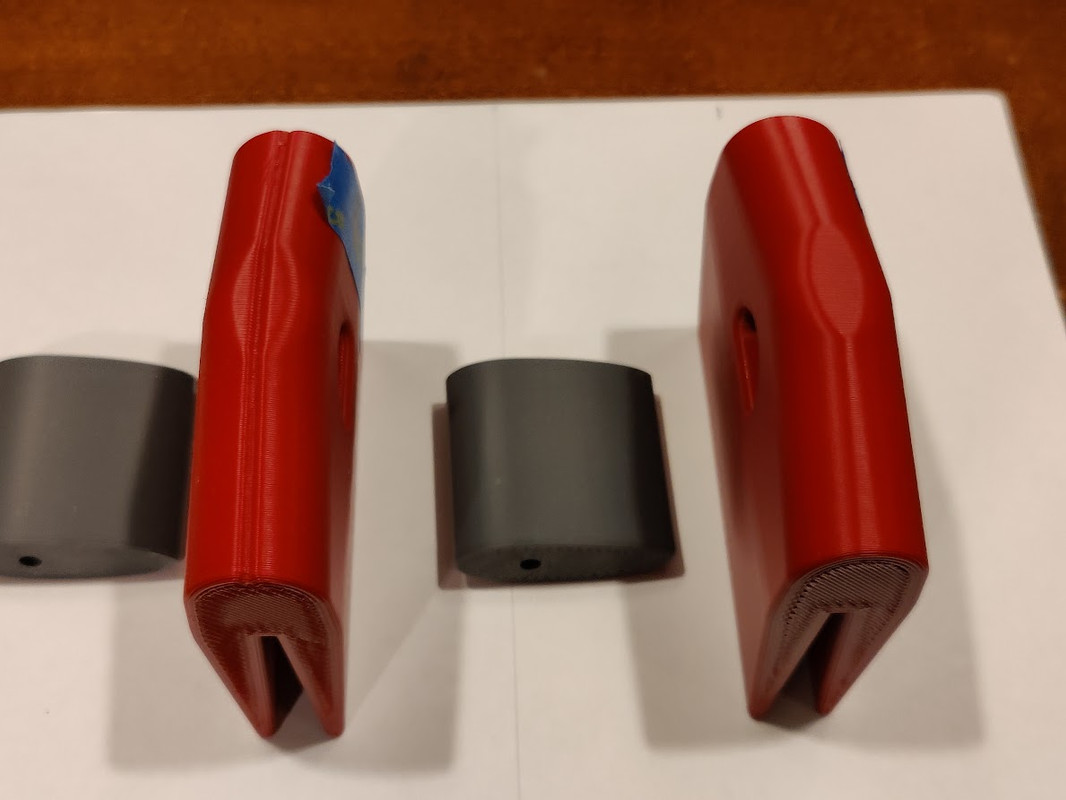
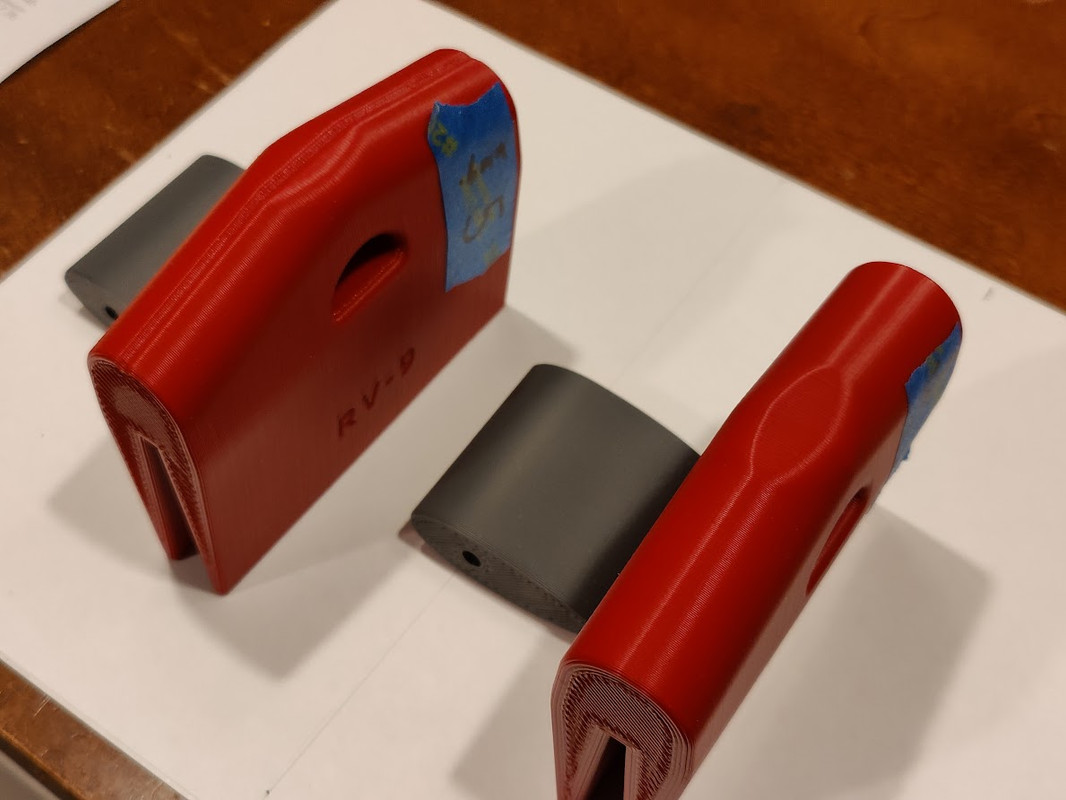
***********
some are going to multi-core nozzles to improve heat transfer for really large nozzles, such as 1.4 mm. I'm not there yet.
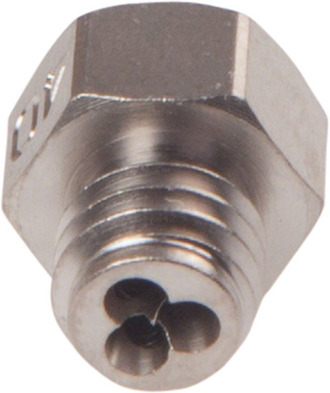
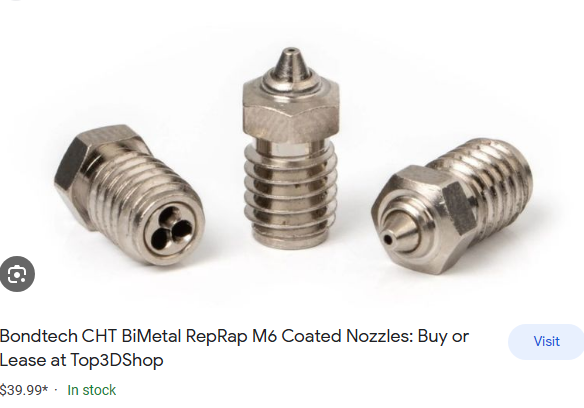
Steve Melton
N531EM, RV9A, Superior O-320, WW 200RV prop, Slick mags, CHT 330F, EGT 1300F, B&C, 1400+ hours
Freedom and Democracy are all that really matter.
Ride a bike, unlock the world.
https://www.rvplasticparts.com/
